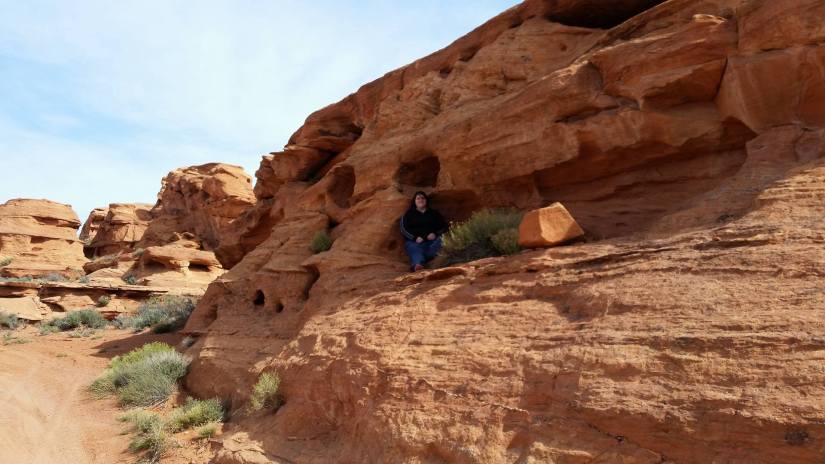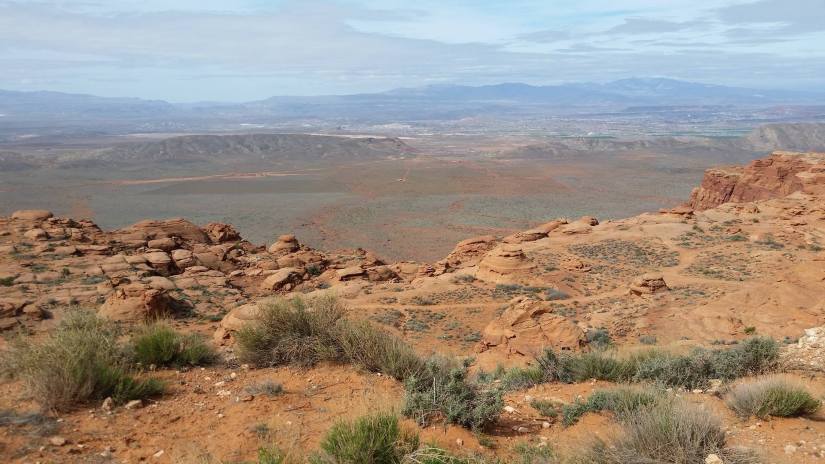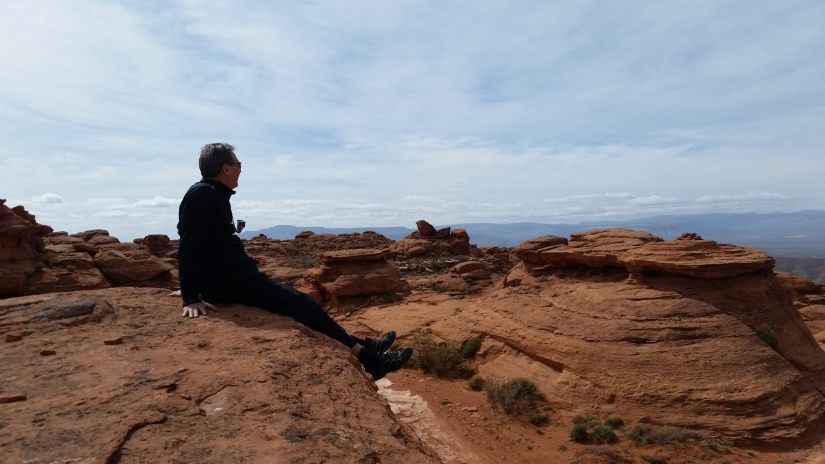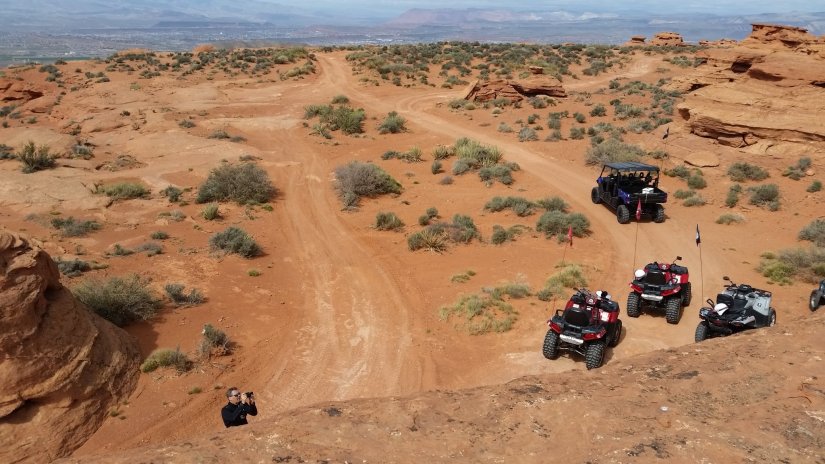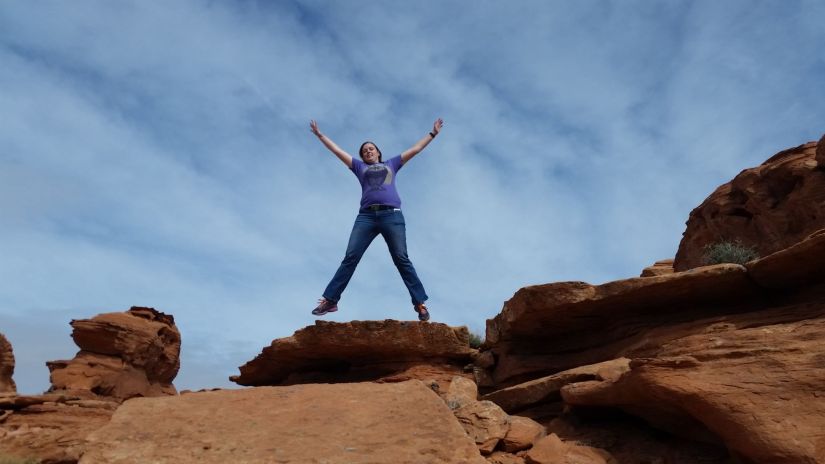Today we went on a game drive through Lake Nakuru National Park in Kenya. Armed with cameras, we set out in Lando to see some animals.

When planning the trip, I read through the itinerary and it said that lions and leopards could be found at Lake Nakuru. I had debated adding a week in the Masai Mara, but it just included more game drives, so I assumed that meant more of the same. I quickly learned that this is not the case. Our guide told us early on in the trip that the cats are rare to see in Lake Nakuru. Also, the Masai Mara sounds like an amazing place all of its own, and somewhere I will make sure to see if I come back to Kenya.
So there were no big cats. BUT there were some marvelous other animals, that made the game drive a wonderful afternoon.

I made a list about a page long of all the animals that I saw. Impalas, gazelles, water bucks, water buffalos, and zebras were everywhere.




I’ve discovered that I love warthogs. They are adorable in how hideous they are. Families of warthogs would scatter when our bus rolled past, then they would turn and stare us down. Every time we saw warthogs, someone in the group would point and shout “Pumba!”


We were told that in addition to the famous Big 5 animals (lion, leopard, rhino, elephant, and water buffalo) there are the Ugly 5, which include warthogs, hyenas, marabou storks, vultures, and wildebeasts.
We spotted a second of the Ugly 5 when we saw a hyena come loping toward the road.

The favourite animals for most of the group, were the white rhinos that we saw snoozing in the distance. Some of our group members have been travelling for 55 days now, from South Africa, and this was their first time seeing rhinos in the daylight. They had only seen them one other time, at the Etosha watering hole in Namibia, at night.

But despite rhinos being special because they are so hard to find, my favorites were the giraffes. We watched them graze on the trees right outside our Lando – a mom and her babies. I love giraffes. They’re so tall and awkward and goofy and gentle. The giraffes we saw are the endangered Rothschild giraffes.


After our game drive, we set up camp at our last campsite, a very basic campsite in Lake Nakuru National Park. We had a wonderful meal in the main hall/community center. Local crafts were set our for sale, and we all did some souvenir shopping. Then, after dinner, two local acrobats put on a short show for us. They did hand balancing, fire eating, and tumbling.
My group and I played cards in the community center well into the evening. We made up silly rules that had us laughing until we cried. It was a fantastic last night in tour. Most of us will still be in Nairobi together tomorrow night, but it was our last camping night (at least for those of us not continuing into Tanzania).
GAdventures has been a wonderful tour company. John was a cheerful and knowledgeable guide. We had some early mornings, but he was always up well before the rest of us to prepare breakfast. His food was incredible. Our driver, Joseph, had some long drives to get us into Uganda, but he got us everywhere safely. There were a few optional excursions (such as white water rafting) to book and pay for separately, but for the most part, the tour cost covered everything, including meals, which was different from other tours I’ve taken in the past. They’re clearly a well-established company that organized a great tour. Plus, they organize various types of tours, for each travel style. So they have options for those who don’t want to tent every night, who would rather travel in a smaller group, or who want to travel with children. I will likely be looking at another tour with them in the future.
It is going to be sad to say goodbye to my group members when we get to Nairobi. Randie and I will be heading home in a couple of days. Some of the other group members are also heading home while others head on to Tanzania.

It has been an amazing adventure the past couple of weeks.

























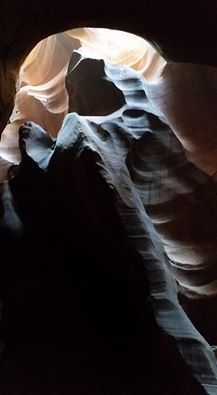
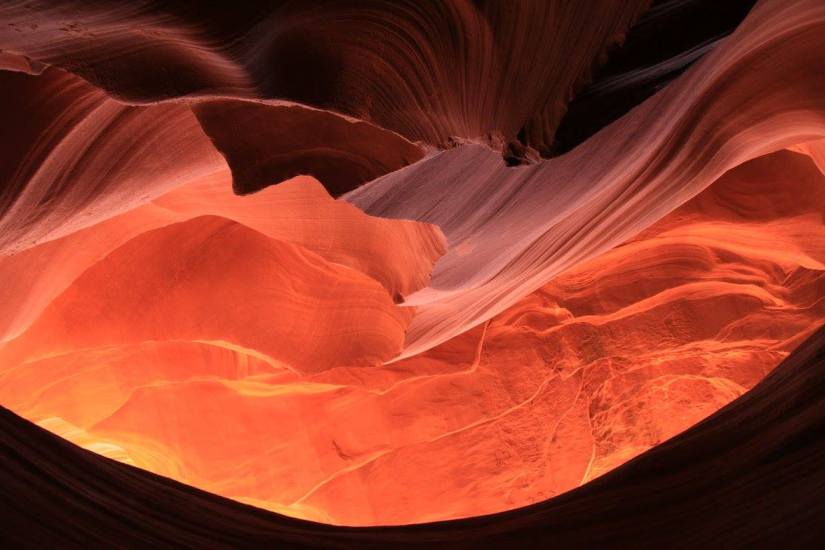






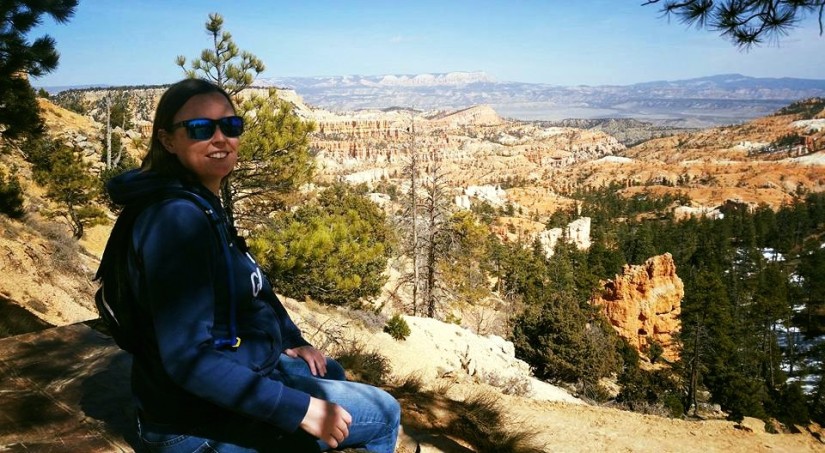
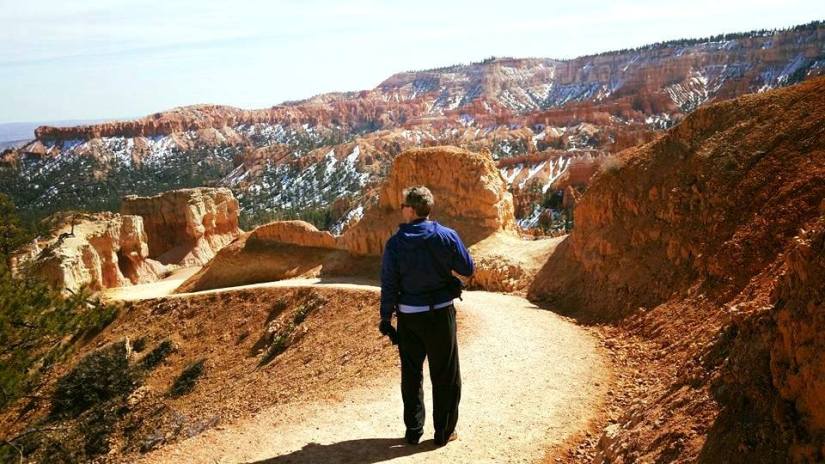
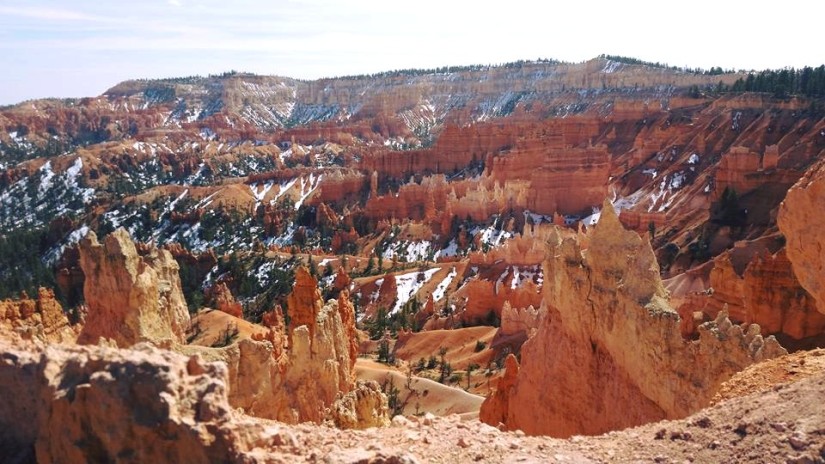
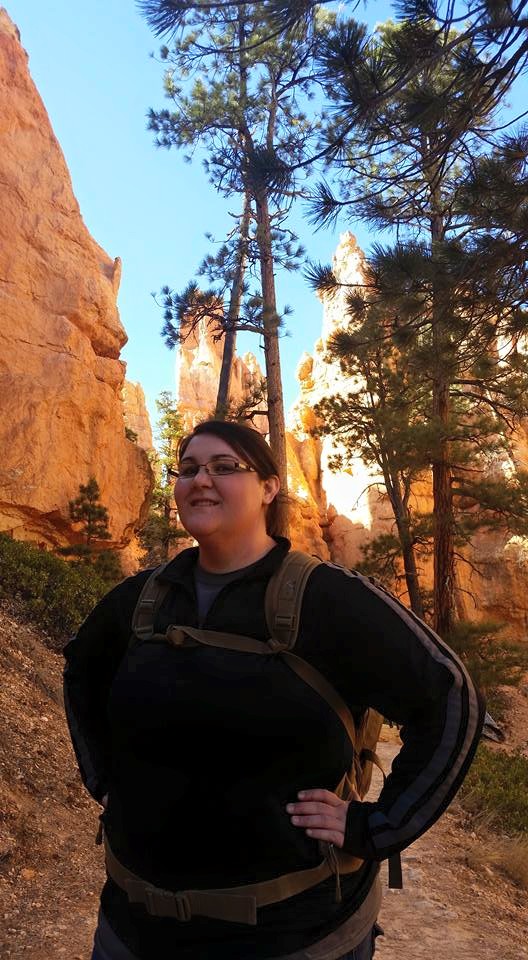
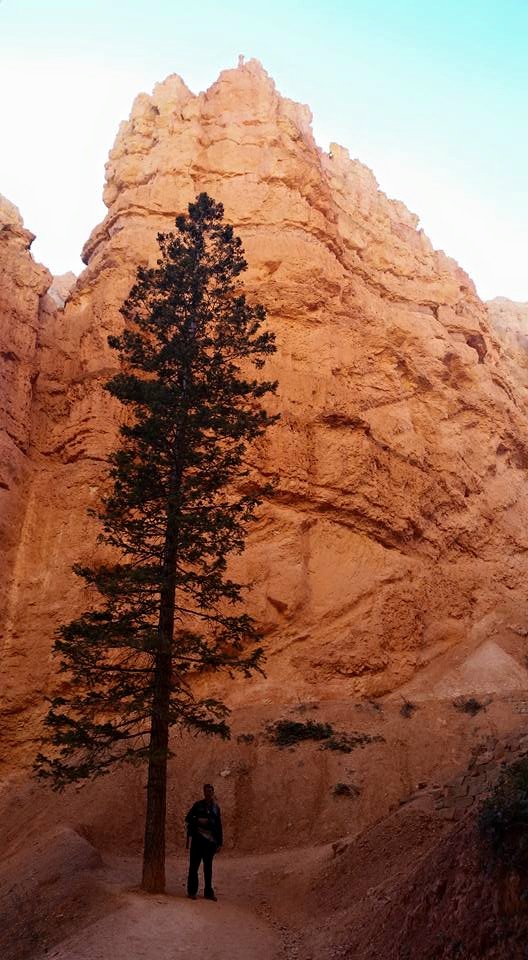
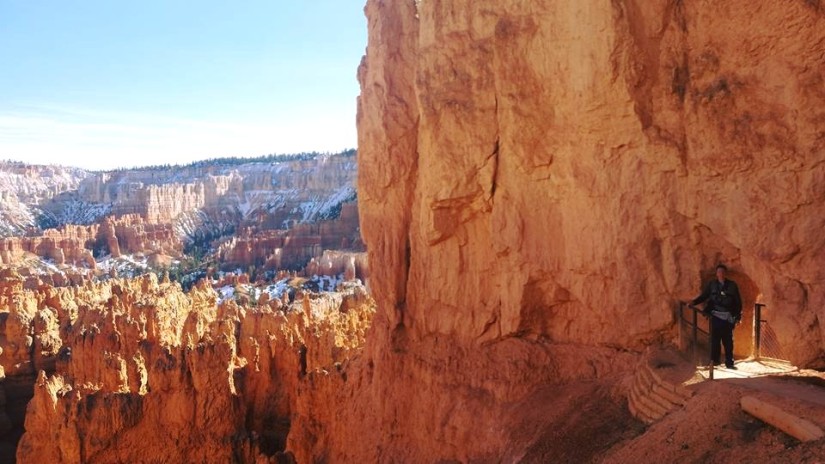

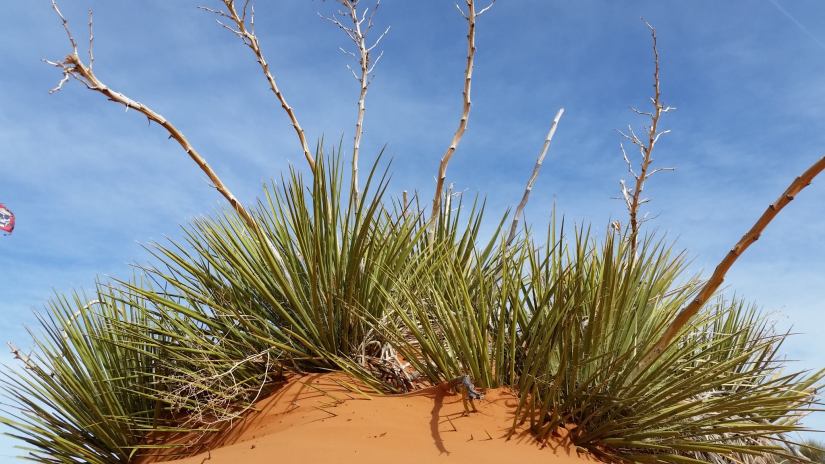
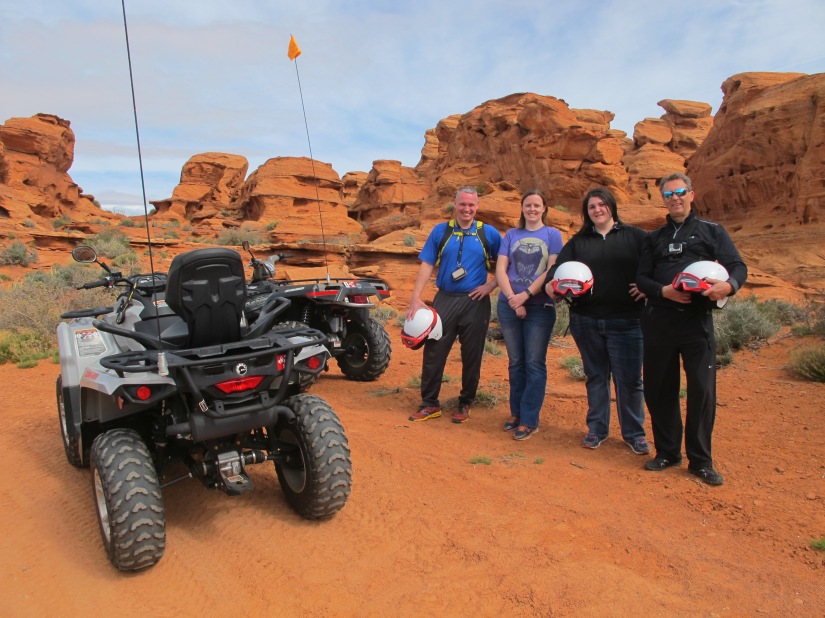 Our Group
Our Group